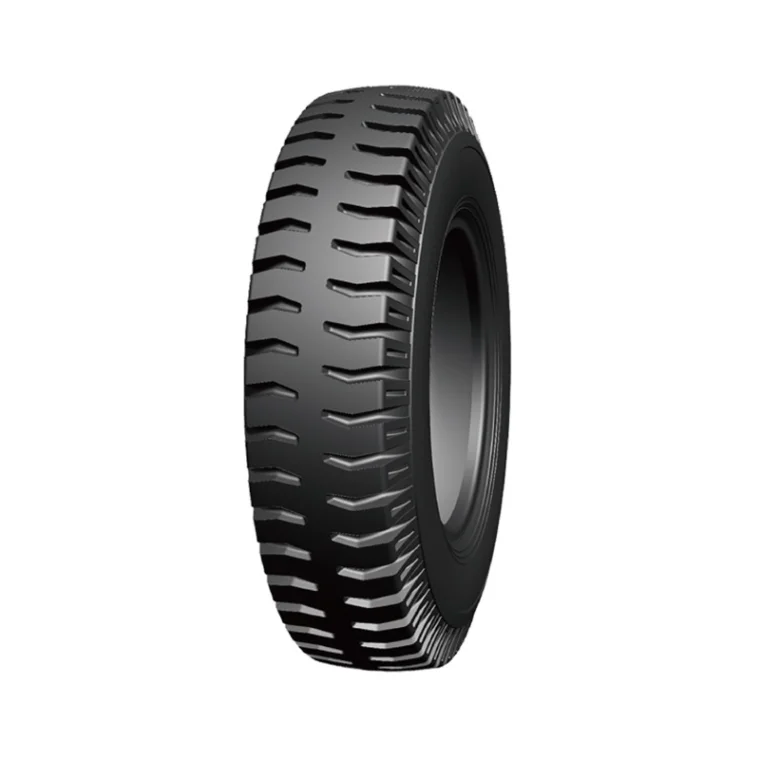Whether you're managing a fleet of delivery vehicles, running a construction crew, or simply rely on your pickup for everyday hauling, choosing the right light truck tire is essential for safety, performance, and cost-efficiency. With so many options available—ranging in size, tread pattern, load capacity, and terrain compatibility—it’s important to make an informed decision that matches your specific driving needs.
In this guide, we’ll explore the key factors to consider when selecting light truck tires, and how working with an experienced supplier like TOPSUN AUTOPARTS CO., LTD can streamline the process and improve long-term results.

1. Know Your Load and Usage Requirements
Light truck tires (often labeled as LT tires) are built to handle heavier loads compared to passenger vehicle tires. The first step in selecting the right tire is to evaluate how much weight your truck typically carries and how frequently it operates under full load. If you're towing or carrying tools, equipment, or materials regularly, a higher load rating is essential.
Look for load index and ply rating information on the sidewall—these numbers tell you the maximum load the tire can carry safely.
2. Match Tires to Your Driving Terrain
Not all light truck tires are built the same. Depending on where and how you drive, you may need tires that perform well in specific environments:
-
Highway Terrain (HT): Ideal for paved roads, offering a quiet, smooth ride and long tread life.
-
All-Terrain (AT): Great for mixed driving, with better traction on gravel, dirt, and mild off-road conditions.
-
Mud-Terrain (MT): Designed for rugged, off-road environments—think mud, rocks, and steep inclines.
Choosing a tire that fits your typical driving surface will enhance traction, fuel efficiency, and overall driving comfort.
3. Consider Weather and Climate Conditions
Climate plays a major role in tire performance. If you drive in snowy or icy conditions, look for tires marked with the Three-Peak Mountain Snowflake (3PMSF) symbol. For hot and dry regions, heat-resistant rubber compounds are essential for preventing blowouts and maintaining grip.
In transitional climates, all-season light truck tires provide a balance of versatility and convenience.
4. Evaluate Tread Design and Durability
Tread patterns determine how well a tire grips the road, channels water, and resists wear. Aggressive tread blocks are ideal for off-road conditions but may produce more road noise. Meanwhile, highway-oriented tires use tighter tread designs to reduce noise and improve fuel economy.
Also, check for features like reinforced sidewalls, stone ejectors, and puncture-resistant layers if durability is a top priority.
5. Choose a Trusted Manufacturer and Supplier
A tire is only as good as its quality—and that begins with the manufacturer. This is where TOPSUN AUTOPARTS CO., LTD stands out. As a comprehensive solutions provider in the tire industry, TOPSUN not only produces a wide range of light truck tires but also supplies essential tire raw materials and repair tools such as tire valves, valve cores, tire repair patches, wheel weights, bead wires, and more.
TOPSUN’s growing product portfolio now includes:
-
Light truck tires
-
Forklift tires
-
Agricultural tires
-
Industrial and trailer tires
-
Solid and off-the-road (OTR) tires
All products are manufactured under strict quality control systems and have passed ISO9001, CCC, and DOT certifications, ensuring top-tier reliability and performance in every product.
Final Thoughts
Choosing the best light truck tire doesn’t have to be complicated. Start by understanding your vehicle’s workload, driving environment, and safety requirements. Then, work with a supplier like TOPSUN AUTOPARTS CO., LTD to access dependable, high-quality options designed to meet global standards.
With the right tires, your truck doesn’t just move—it performs, protects, and delivers.
www.autopsun.com
How to Choose the Best Light Truck Tire for Your Driving Needs


